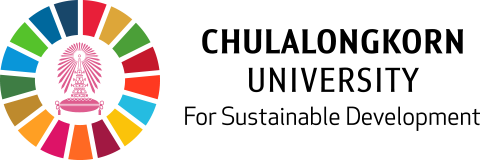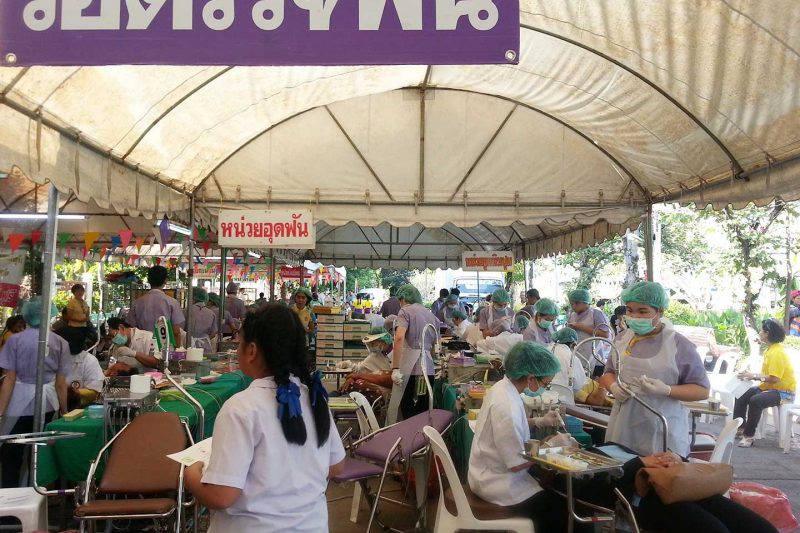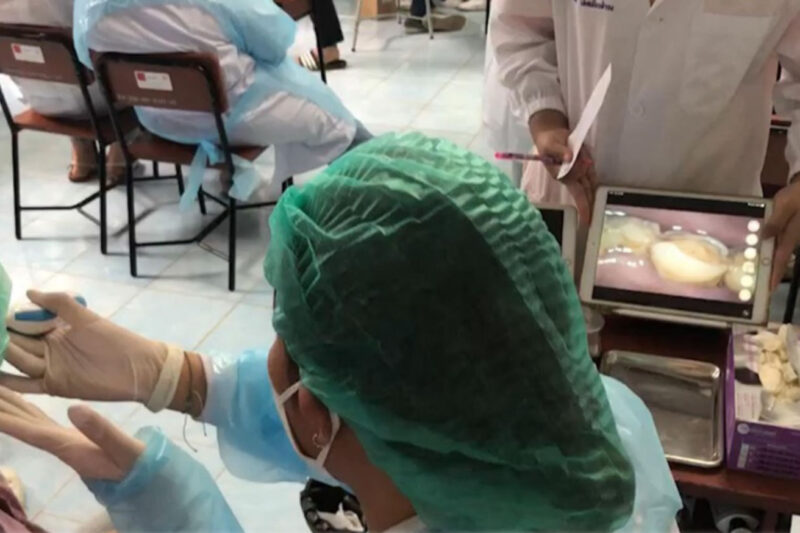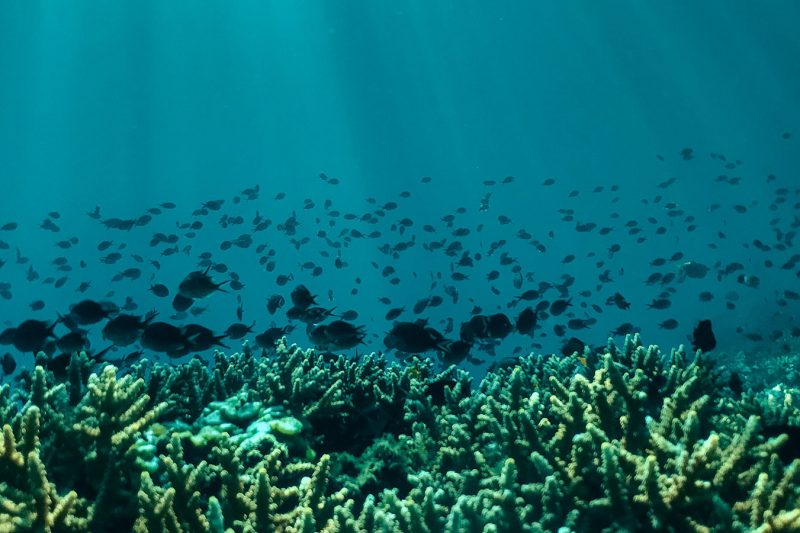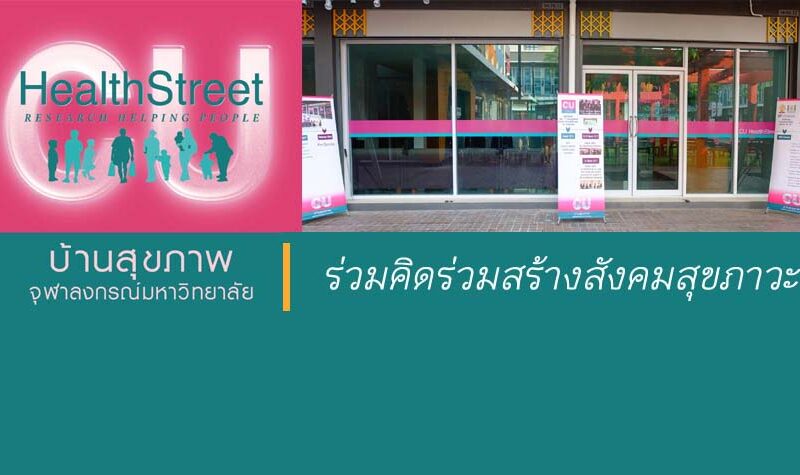Chulalongkorn engineers work with ONWR to better manage risks
Floods and droughts seem to be a never-ending cycle of crises that are escalating in severity and impact on our lives and the environment. Partly they are caused by nature, but mostly it’s human action that’s to blame for the worsening situation.
Thailand has been fighting this seemingly losing battle year after year. To better handle the crisis, the Office of the National Water Resources (ONWR) was established in 2017 to serve as a central organization to oversee water management policy and integration among various sectors. The agency has developed a 20-year Master Plan for Water Resource Management (2018-37) as a framework to guide the implementation of various programs.
“With the master plan in place, what we need is now the innovation and technology that can help drive policy implementation and research work that can be transferred into actual practice,” said Dr Somkiat Prajamwong, the ONWR secretary-general, at a forum titled “Water Diplomacy: Where Local Wisdom Meets International Excellence”, jointly organised by the ONWR and Chulalongkorn University.

Given the importance of an integrated approach to water resources management, the collaboration between the ONWR and Chulalongkorn University is a step in the right direction in terms of academic advancement, says Asst Prof Dr Aksara Putthividhya of the Department of Water Resources Engineering at the Faculty of Engineering.
“Academically speaking, surface water and groundwater are inseparable,” she explains. “In the past, various water-related agencies were working separately to tackle the problem. The collaboration with the ONWR will enable our research to be more directly beneficial to the integration and efficiency of water management throughout the whole system.”\
In response to the government’s policy to incorporate innovation into water resources management, Chulalongkorn University has introduced several water resources management models with focus on three key aspects including water security, water consumption and water quality.
One example of several practical innovations introduced by the university’s research team is a risk map showing vulnerability of water sources to contamination, from surface water to groundwater, which will eventually affect water quality.

“We started off with a question of why the water in our canals is not as clear as that in other countries,” says Asst Prof Dr Aksara. “That’s because our surface water is contaminated and ends up polluting the groundwater and affecting water quality as a whole.”
The risk map helps identify susceptible areas or vulnerable water sources that need remedies or special attention. The information can assist in city planning and can reduce the risk of water from problem areas being used in agriculture and industry.
As well, satellite technology is being utilised to more accurately predict rainfall in specific areas and provide a broader overview of conditions. The data are used to analyze volumes of surface water and groundwater for risk prevention planning and situation monitoring, and reported to central governing bodies.
With rapid urbanization and climate change, another water management challenge is finding a balance between supply and demand. Dam building may have been able to resolve certain issues in the past, but climate change has affected rainfall patterns and amounts, so water management today must take this change into consideration, says Asst Prof Dr Aksara.
In-depth knowledge of water consumption and production in the country is crucial for the efficiency of integrated water management, she stresses, adding that a study into water consumption by each sector is needed.
“Our country’s economy is driven by water, but we have little awareness of its value. We continue to release contaminated water into natural water sources. This is our immediate challenge and a major battle that we all need to work together to resolve,” she concludes.
This article was originally published in CU Inside, 18 November 2019, available at https://www.chula.ac.th/cuinside/25240/
Related news:
Others
